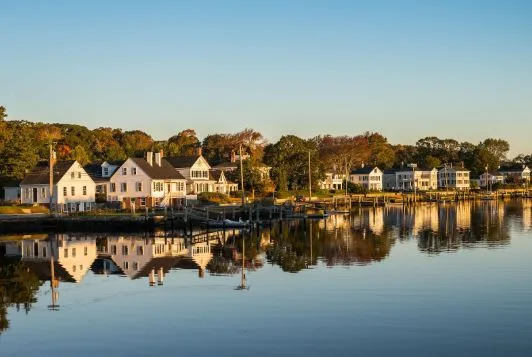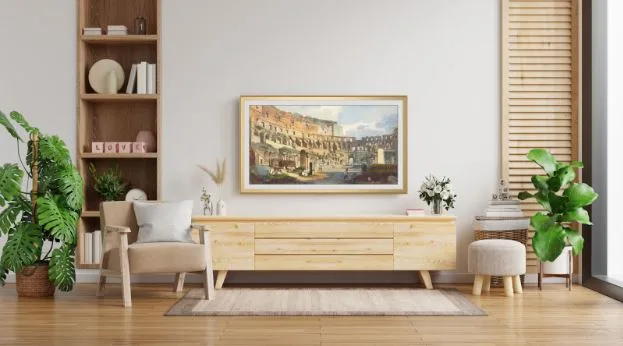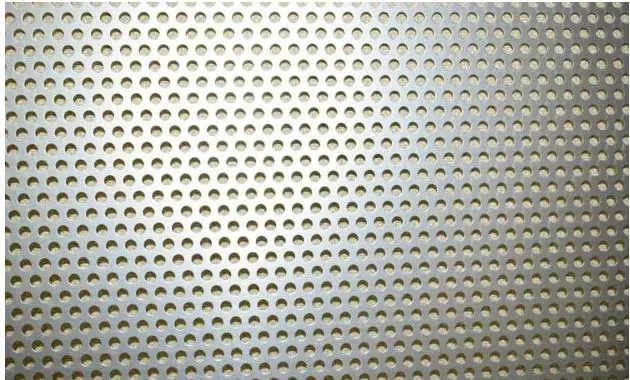How To Build Durable Homes for Coastal Weather
Introduction: The Challenge of Coastal Living
Life on the New England shoreline is both beautiful and demanding. The views are unmatched, the sea breeze is refreshing, and the sense of community in towns like Mystic, Stonington, and Watch Hill feels timeless. Yet for every coastal homeowner, the same charm that draws people to the water also presents a constant battle against wind, salt, and moisture.
Homes built along the Connecticut and Rhode Island coasts face harsher conditions than their inland counterparts. Salt air corrodes metal. Wind-driven rain forces water into walls. Constant humidity and UV exposure break down finishes faster than most materials can handle. Without thoughtful planning, even the most elegant coastal home can deteriorate far sooner than expected.
Building a home that endures this environment isn’t just about strength. It’s about balance. It means blending architectural beauty with science-based construction methods that respect both climate and code. Builders with coastal expertise, such as Advanced Construction based in Mystic, Connecticut, have spent decades refining this balance. They’ve learned how to design homes that not only survive on the coast but thrive there for generations.
Understanding the Coastal Environment
Before designing or renovating a shoreline home, it’s essential to understand what you’re building against. The coastal environment is uniquely aggressive, and every element of nature works harder on the coast.
Salt and humidity
Salt air doesn’t just leave residue on windows and railings; it’s a corrosive force. Over time, it eats away at metals, fasteners, and unsealed masonry. It can even shorten the lifespan of roofing nails or flashing if the wrong materials are used.
High winds and driving rain
Storm systems and nor’easters can push rain horizontally into siding seams and roof joints. This moisture often bypasses standard barriers, leading to hidden leaks, rot, and structural issues.
UV exposure and temperature shifts
In summer, UV rays bleach finishes and dry out sealants. In winter, the freeze-thaw cycle causes expansion and contraction that cracks paints, caulks, and joints.
Flood and hurricane zones
Many Connecticut shoreline properties fall under FEMA floodplain designations. Homes in these zones must meet stricter elevation and anchoring standards.
These factors make it clear that coastal construction requires a completely different approach than typical residential building. Everything from the foundation to the fasteners must be chosen and installed with coastal resilience in mind.
Foundation and Structural Strength
The strength of a coastal home begins below the surface. Foundations in flood-prone or high-water-table areas must be engineered to resist uplift, erosion, and movement.
Elevated foundations and pilings
Homes near tidal zones often require elevation above the base flood elevation (BFE). Piling systems, whether timber, concrete, or helical, keep structures stable during storm surges.
Load-path continuity
Every component of the home—from the roof trusses down to the foundation bolts—should create a continuous path for transferring wind and gravity loads safely into the ground. This “load path” principle ensures that no single weak point fails during a storm.
Water management
Site grading and drainage are equally important. Swales, permeable surfaces, and proper slope direct water away from foundations, reducing long-term moisture issues and erosion.
A strong foundation not only meets code but also sets the tone for a home that can endure decades of storms and shifting tides.
Choosing the Right Materials
The materials selected for a coastal home determine how long it will remain durable and visually appealing. Here are some of the best options for exteriors exposed to salt air and heavy weather.
Roofing Materials
Architectural asphalt shingles are affordable, stylish, and rated for winds up to 130 mph. Look for shingles with algae-resistant coatings.
Standing-seam metal roofs are ideal for long-term resilience. When paired with marine-grade coatings and concealed fasteners, they can last over 50 years.
Synthetic slate and composite shingles are lightweight, highly impact-resistant, and impervious to moisture.
Cedar shingles remain a popular New England choice when properly treated, back-primed, and installed with stainless-steel fasteners.
Siding Materials
Fiber cement siding is highly resistant to rot, insects, and warping. It holds paint exceptionally well and mimics the look of wood without the maintenance.
Engineered wood siding uses modern resins that make these products durable even in humid, salt-heavy air.
PVC and composite trim are perfect for fascia and corner boards where moisture collects. These materials don’t absorb water and maintain their shape.
Fasteners and Flashing
Every nail, screw, and metal detail must be corrosion-resistant. Builders use stainless steel or hot-dipped galvanized fasteners. Aluminum flashing should be coated or replaced with stainless or copper for better performance.
Selecting the right materials is the first step toward longevity. Using the wrong ones, even for small details, can compromise the entire structure.
Weatherproofing and Moisture Control
Keeping water out is only half the battle; letting moisture escape is equally important. A house that can breathe and drain will last far longer in a coastal environment.
Rainscreen systems
Installing siding over a rainscreen, a narrow air gap, allows trapped water to drain and air to circulate, preventing rot and mold.
Weather-resistive barriers
These specialized house wraps stop water penetration while letting vapor pass through. Coastal builders choose barriers and sealing tapes tested for high wind pressure and salt exposure.
Ventilation and vapor balance
Proper attic and wall ventilation regulate humidity levels, preventing condensation that leads to mildew or decay. Ridge vents, soffit vents, and vented rainscreens work together to manage moisture naturally.
Flashing and sealing details
Windows, doors, and wall penetrations must be carefully flashed with overlapping layers to direct water away from the structure. In coastal zones, “shingle-style” flashing is considered the gold standard.
A well-designed wall and roof assembly ensures that every storm drains off quickly, keeping interiors dry and energy efficient.
Wind and Storm Resistance Strategies
Wind is the ultimate stress test for coastal homes. Connecticut’s shoreline often sees gusts over 100 mph during tropical storms or nor’easters. Building for that kind of force requires precision and adherence to wind-zone engineering.
- Hurricane clips and anchors tie the roof rafters securely to the walls and transfer uplift loads to the foundation. These small, inexpensive components dramatically increase structural stability.
- Contractors follow manufacturer-specific fastening schedules for siding. Adding extra fasteners and reducing edge spacing near corners can make siding 50 percent more wind-resistant.
- Wind can peel off soffits and fascia if they aren’t properly supported. Using continuous blocking and secure fastening prevents failures in these high-pressure zones.
- In exposed areas like Watch Hill, Westerly, or Old Saybrook, builders recommend impact-rated shingles, windows, and doors to reduce storm damage and insurance costs.
When every joint and fastener is designed for coastal uplift, homes are better equipped to withstand years of powerful weather events.
Design That Balances Strength and Style
Durability should never come at the expense of beauty. Coastal architecture thrives on its connection to the landscape, using materials and colors that harmonize with sea and sky.
- Shingle-style homes with wide trim, pitched roofs, and dormers remain popular along the coast. Modern materials like fiber cement now replicate this classic look with superior weather resistance.
- Lighter colors such as gray, beige, and white fade more gracefully and reflect heat. Semi-matte finishes hide salt deposits better than glossy paint.
- Rounded trim profiles and properly sloped sills prevent water from pooling. Copper or stainless accents add both charm and longevity.
- Covered porches, pergolas, and wind-screened patios extend usable space while shielding walls and windows from direct exposure.
The most successful coastal homes combine resilience with design details that celebrate their surroundings rather than fight them.
Maintenance and Long-Term Value
Even with the best design, coastal homes demand proactive maintenance. Regular care protects materials and extends service life.
- Inspect roofs and siding each spring and fall for lifted shingles, cracked panels, or corroded fasteners.
- After major storms, walk the property to spot loose materials or flashing before leaks develop.
- Wash siding gently to remove salt buildup and mildew. Avoid harsh pressure washing.
- Re-caulk windows, doors, and flashing joints every two to three years.
- Repaint fiber cement and re-stain cedar every five to seven years for lasting protection.
By following this maintenance rhythm, homeowners save on major repairs and preserve their property’s value. Consistent upkeep can double the lifespan of exterior systems.
Working With Coastal Construction Experts
Perhaps the most important step in building a durable coastal home is choosing a contractor with direct experience in coastal projects. Specialized knowledge makes all the difference when navigating local codes, wind-zone requirements, and marine-grade materials.
Qualified coastal builders hold licenses across multiple states such as Connecticut, Rhode Island, and New York. They understand Coastal Area Management permitting, FEMA flood requirements, and local zoning ordinances. They also use coastal-rated materials and fastening schedules approved by manufacturers and provide clients with detailed documentation for insurance and warranty purposes.
Firms such as Advanced Construction have decades of field experience handling these details for coastal projects throughout Mystic, Groton, and the greater New England coastline. Their approach blends craftsmanship with code compliance, ensuring each home is not just beautiful but fully prepared for its environment.
Conclusion: Building for Generations
Building a home on the coast is about more than surviving storms. It’s about creating a structure that stands gracefully against time, weather, and the sea itself. Durable coastal construction relies on three pillars: smart design, resilient materials, and experienced craftsmanship.
When those elements come together, the result is a home that requires less maintenance, offers greater comfort, and adds long-term value to the property and community.
For anyone planning to build or renovate along the shoreline, the message is simple: invest in materials and expertise that respect the ocean’s power. Seek out coastal construction specialists who understand local conditions, codes, and aesthetics. With their guidance, your home can withstand New England’s toughest storms while preserving the charm that makes coastal living so special.
Whether you’re breaking ground on a new residence or updating a family cottage by the water, thoughtful planning today ensures your coastal home will remain strong, safe, and beautiful for generations to come.





